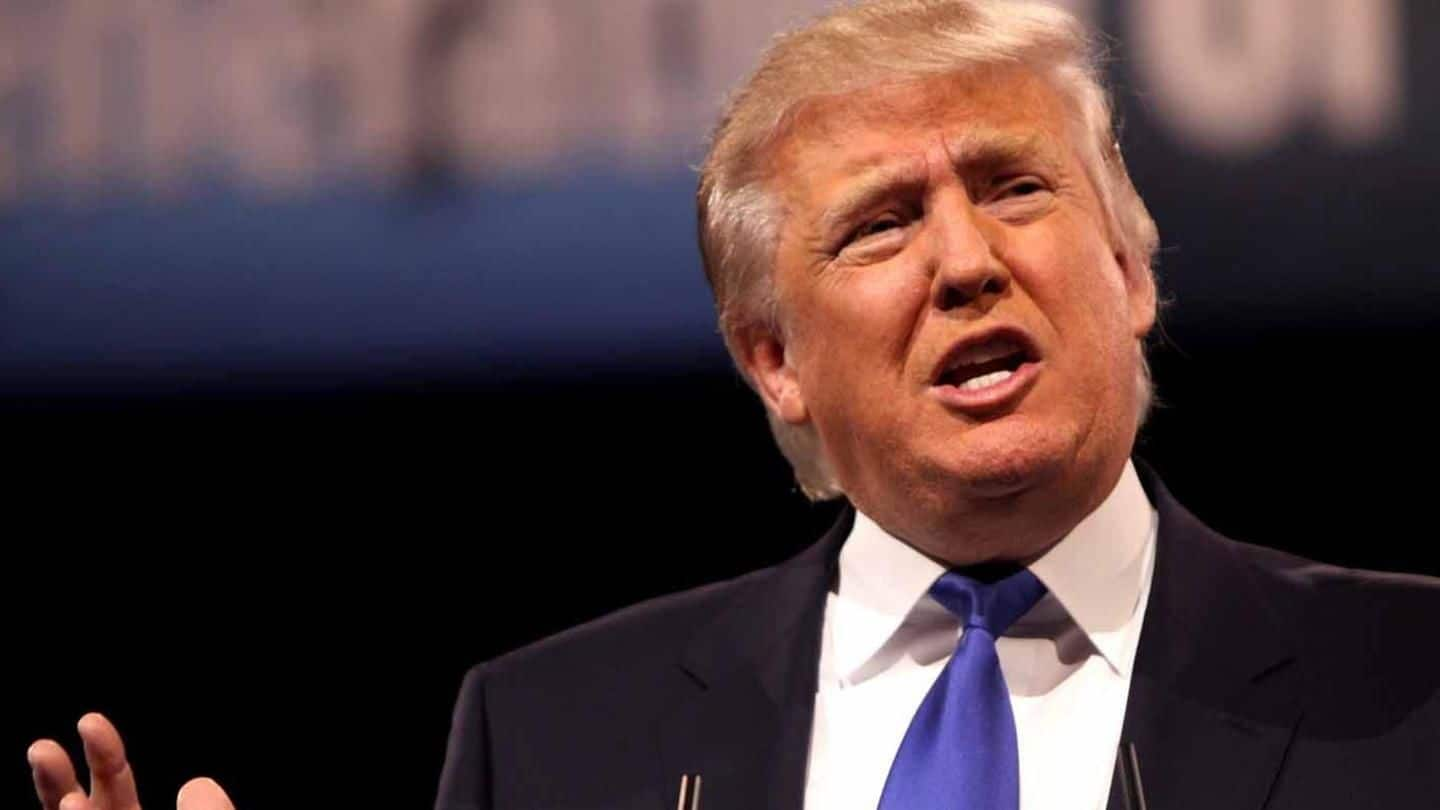
US, UK and France launch missile strikes on Syria
What's the story
Acting on his previous threat, US President Donald Trump has ordered a military attack against Syria, joining allies UK and France. These strikes are in response to a suspected chemical attack on Syrian town of Douma last week.
This coordinated strike is the second time in a year that Trump has used force against Syrian president Bashar al-Assad.
What does this indicate?
Earlier attack
Why had Trump attacked Syria last April?
Last April, Trump ordered a missile strike against a Syrian airbase in response to a suspected chemical weapons attack on civilians.
This attack involved 59 Tomahawk missiles fired from two US warships in the Mediterranean Sea.
As per Western intelligence assessments, the airfields targeted by Pentagon resumed operations after the attack.
However, subsequent chemical attacks after that involved chlorine and not nerve gas sarin.
Trigger
What was the latest trigger?
There was a suspected chemical attack on the rebel-held town of Eastern Ghouta's Douma, which killed dozens including opposition activists, rescue workers and medics.
The Violations Documentation Centre (VDC) which records violations of international law in Syria said bodies were found with foam in the mouth, discolored and burnt skin.
Calling this "a significant escalation," Trump said this warranted a stepped-up international response.
Justification
How are US, UK and France explaining the strike?
At the White House, Trump said the alleged chemical weapons use wasn't the work of "a man," but "a crime of a monster."
British PM Theresa May said these attacks were in response to "circumstances of pure horror."
French President Emmanuel Macron claimed that until now, their response has been limited to attacking the Syrian regimes facilities enabling production and deployment of chemical weapons.
Military attack
How was the attack undertaken?
The attack by US, UK and France aims at long-term degradation of Syria's ability to research, develop and deploy chemical weapons.
The trio attacked three targets: a scientific research facility in Damascus connected to the production of chemical and biological weapons, a chemical weapons storage facility in Homs and command post near Homs.
Syrian forces reportedly fired surface-to-air missiles.
Implication
What can happen now?
US specified that strikes would be repeated if Assad uses chemical weapons again.
Notably, both Syria and Russia have denied involvement; instead, they maintained that the chemical attack was staged.
Now, this attack could lead to retaliation by Russia or Iran, which provide military support to Assad.
It also increases the risk for the 2000-odd US American forces deployed in Syria to fight the IS.